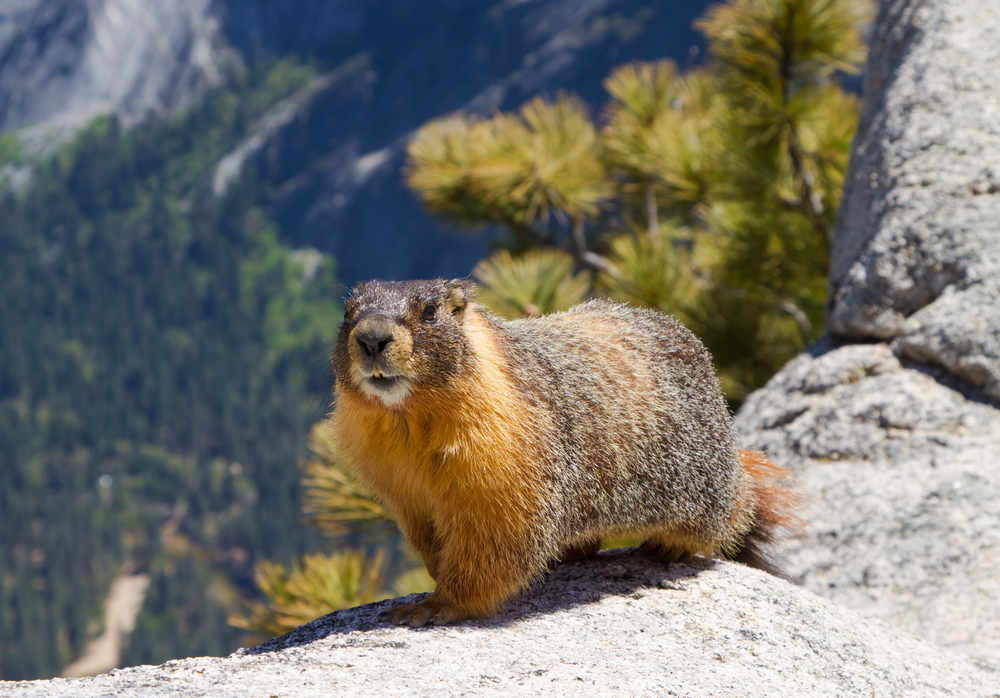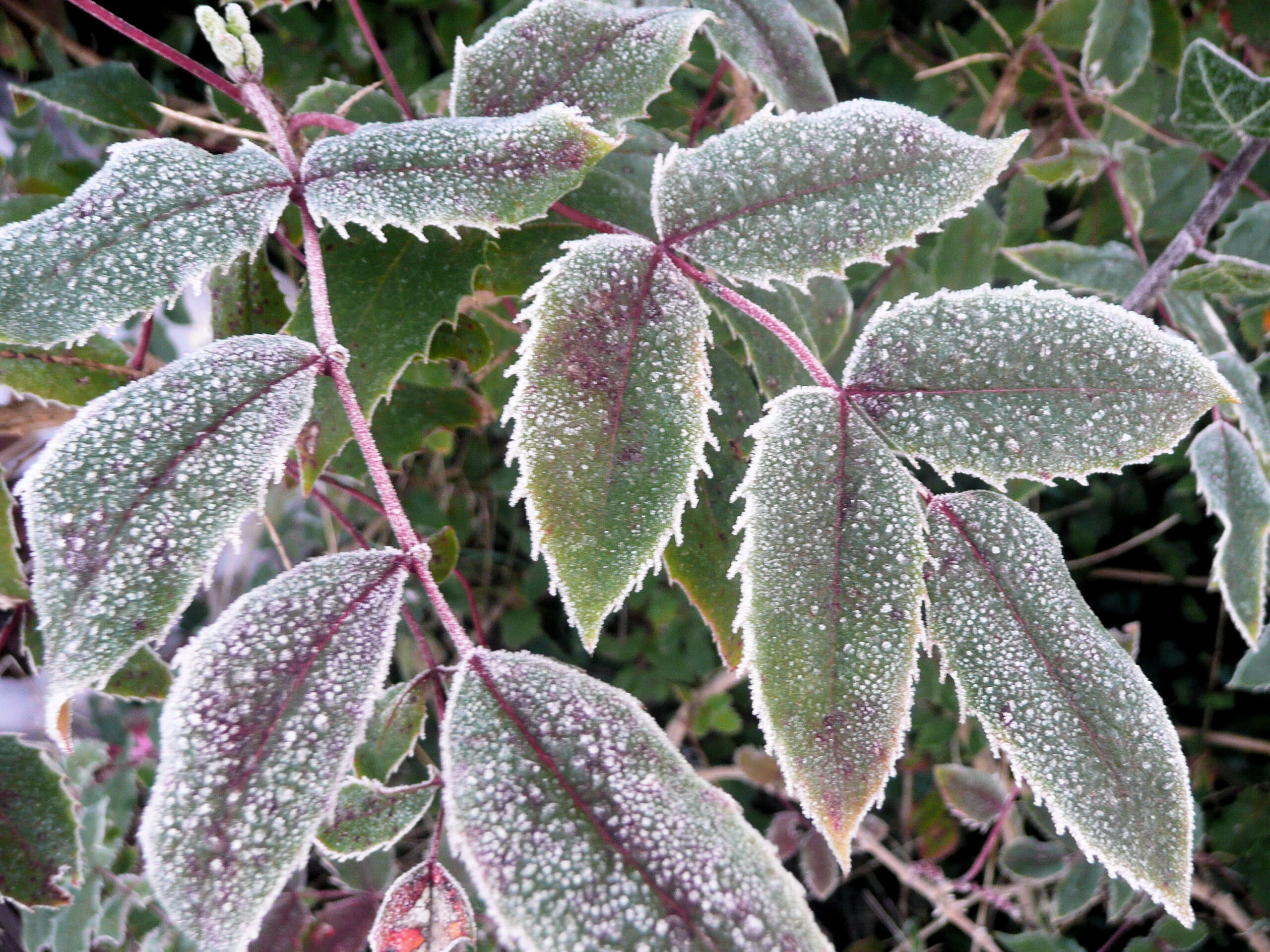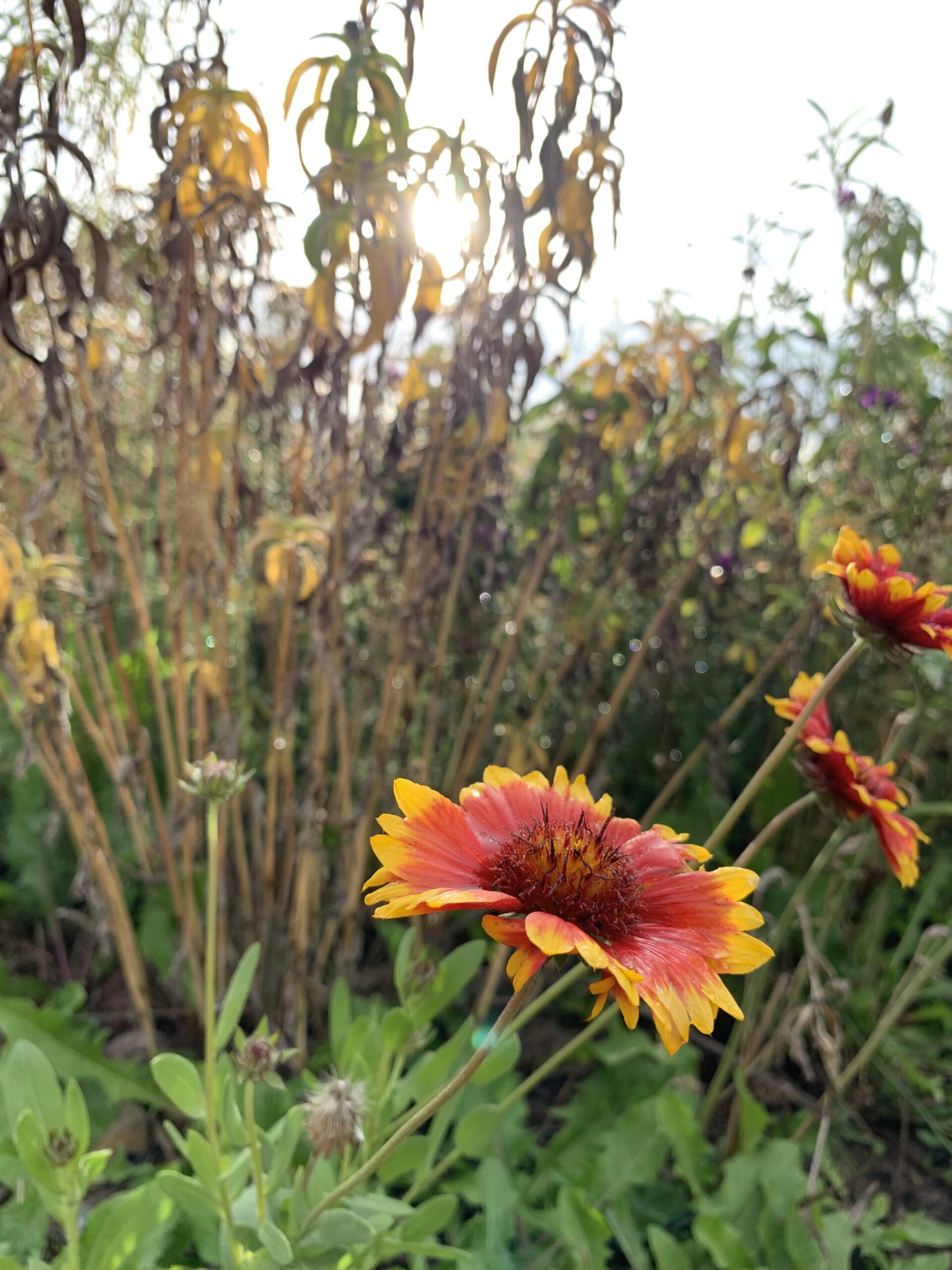By Jessie Walthers, Conservation Program Manager Groundhog Day. Who doesn’t love this most random of…

Cold-Weather Composting
Composting is a great way to turn yard waste, kitchen scraps, and household waste items into something useful. By creating conditions for decomposition to occur, microbes turn waste materials into an earthy, nutrient-rich soil amendment for your garden. For most people, this happens in an outdoor “compost pile”. Several factors influence success (i.e., whether or not decomposition occurs, and how quickly) in your compost pile, including:
- the ratio of “browns” to “greens” (read more here )
- moisture conditions
- oxygen (decomposition is an aerobic reaction = it needs to breathe!)
- temperature (decomposition creates heat; optimum temperature inside the pile = 135-160 degrees Fahrenheit)
The short, cold days of winter can bring decomposition in your compost pile to a halt. Flathead County averages 178 days below freezing. Is it possible to continue composting under such cold conditions? Yes!
Prepare your pile in the fall:
- Collect all the leaves that you can and store them near your pile (try tarping a leaf pile, storing some in a large bin or black trash bags). Winter compost piles need lots of brown material to stay active, but most of your kitchen scraps are green material.
- Turn and incorporate loose brown material into your pile to provide insulation (warmth) and incorporate oxygen (air for microbes) to keep decomposition active.
- Insulate the top of your pile with leaves (or straw if you’re short on leaves), and cover the heap with a tarp or burlap.
- Leave a hole in the leaf cover on top of the pile (this is where you’ll continue to add your kitchen scraps).
- Build a wind block of straw bales around your pile.
Care for and maintain your pile through the winter:
- Shovel and maintain a path to your compost pile.
- Low humidity and winds can dry out your pile. Water sparingly when weather conditions will not freeze it right away.
- Add only greens (kitchen scraps) to your pile during winter. Mix in browns from the sides of the hole you created in the top of your pile.
- Add finished manure, blood meal, or other high-nitrogen materials to help maintain microbial activity through the winter.
- As temperatures begin to warm in spring, incorporate more browns from your stashed leaves so that your pile does not become slimy and smelly.
Follow these simple steps for successful composting through cold weather. Have questions about creating and maintaining an outdoor compost pile? Contact Flathead CD with questions and check out some of our resources for more information!



